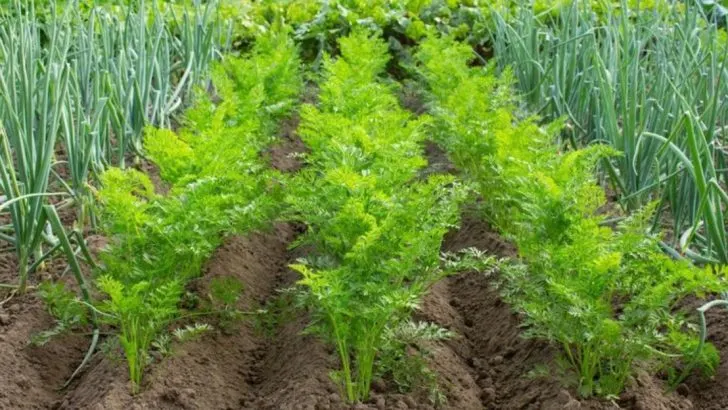When it comes to gardening, it’s not just about planting your favorite flowers or vegetables. The secret to a thriving garden often lies in the companionship of plants. Choosing the right pairings can improve growth, deter pests, and even boost your plant’s overall health.
Certain plants work better together by providing shade, enriching the soil, or even acting as natural pest repellents. Whether you’re growing tomatoes, herbs, or flowers, there are specific plants that can enhance each other’s growth, making your garden more vibrant and productive.
Want to take your garden to the next level? These 20 companion plants will help you create a garden that flourishes naturally.
Tomatoes and Basil
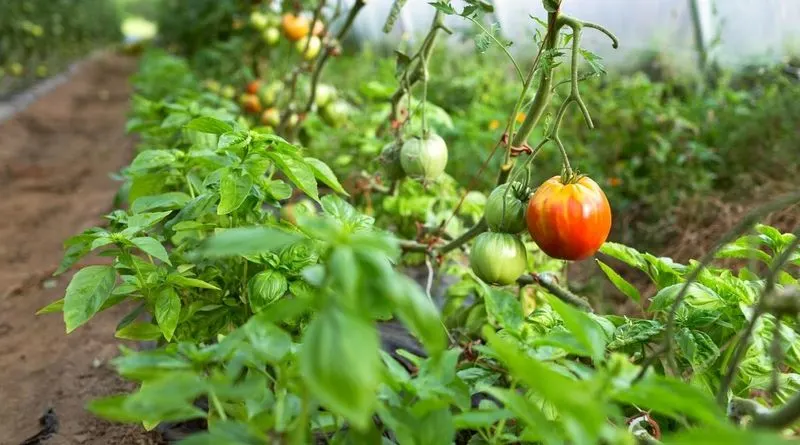
Basil and tomatoes are a classic pairing in both the garden and kitchen. Basil’s aromatic oils can deter pests like aphids and whiteflies, offering tomatoes a protective shield. When planted nearby, basil may also enhance the flavor of its tomato companions. Nestling these two together can increase yield, making your summer harvest even more rewarding. Additionally, the green canopy of basil provides ground cover, helping retain moisture and suppress weeds. This dynamic duo not only saves space but also creates a fragrant and delightful garden experience.
Carrots and Onions

Carrots and onions make good neighbors, each offering protection to the other. The strong scent of onions can mask the sweet smell of carrots, confusing pests like carrot flies. Meanwhile, carrots help to aerate the soil, benefiting onion bulbs as they expand. The combination of these root vegetables helps maximize garden space and ensures a more productive harvest. Embrace this pairing for reduced pest woes and improved soil health, contributing to robust growth. This strategic alliance in your garden can lead to a more bountiful and resilient crop production.
Corn and Beans
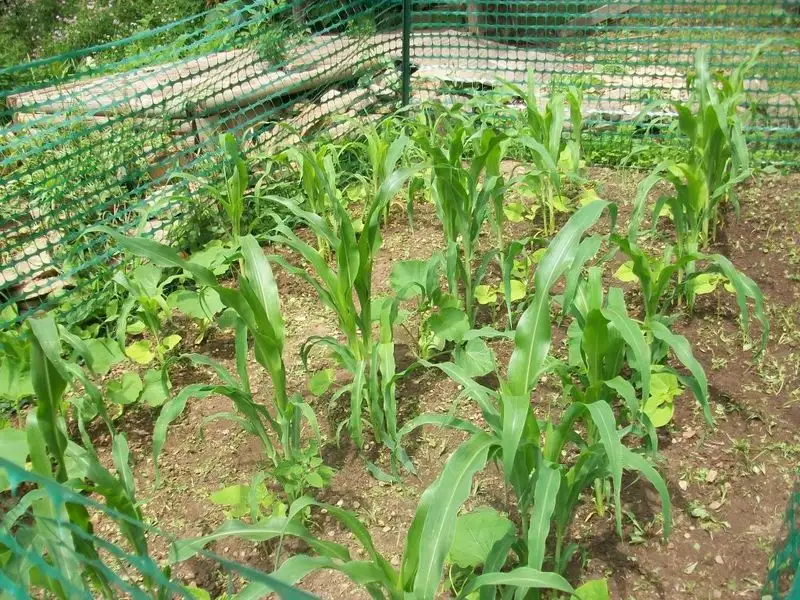
The corn and bean partnership is a staple of traditional agriculture. Corn offers sturdy stalks for beans to climb, aiding in vertical growth and sunlight exposure. Beans, in turn, fix nitrogen in the soil, enriching it for the corn. This natural fertilizer reduces the need for chemical inputs, benefiting the entire plot. By working together, these plants efficiently use space and resources, resulting in healthier growth. This age-old collaboration not only supports sustainable gardening but also delivers tasty, plentiful harvests, making this pairing a favorite among gardeners worldwide.
Cabbage and Dill
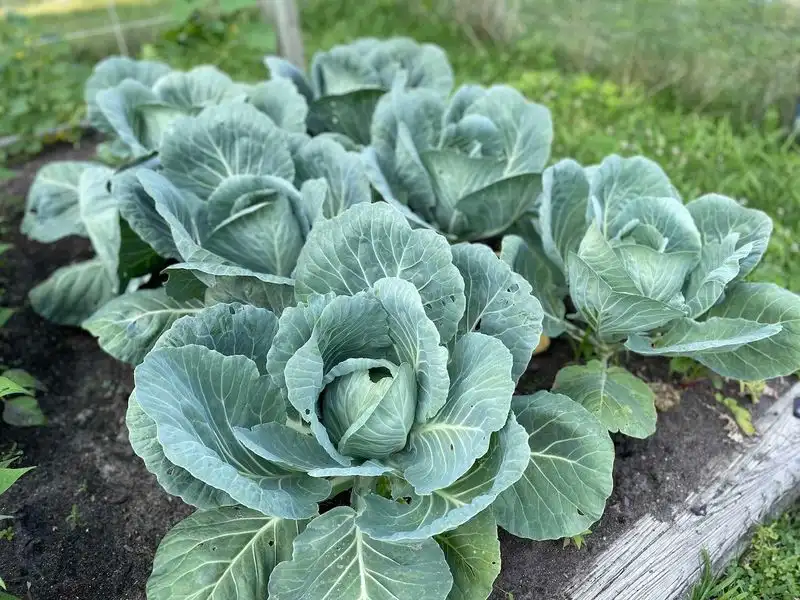
Dill and cabbage form a mutually beneficial relationship in the garden. Dill attracts beneficial insects like ladybugs and predatory wasps, which help keep cabbage pests at bay. Meanwhile, cabbage offers a robust structure that supports dill as it grows. This duo enhances biodiversity in the garden, improving pest control naturally. Their combined presence not only enhances plant health but also promotes a more balanced ecosystem. With cabbage and dill growing side by side, gardeners can enjoy a thriving garden space filled with healthy, pest-free crops.
Radishes and Cucumbers
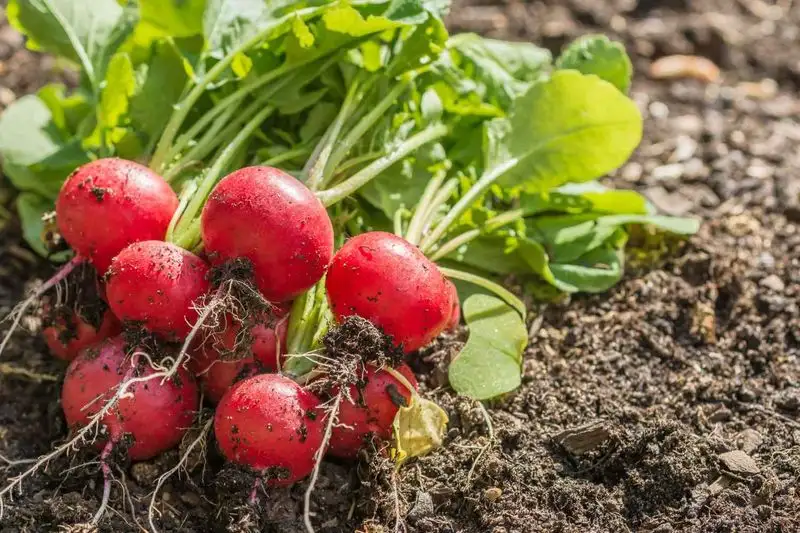
Radishes and cucumbers are a perfect pair for deterring pests and optimizing growing conditions. Radishes act as a trap crop, luring pests away from tender cucumber leaves. Their quick growth can also provide early harvests, freeing up space for slower-growing cucumbers. This pairing helps maintain a more pest-resistant garden, reducing the need for chemical interventions. Additionally, radishes can help break up soil, improving drainage and nutrient absorption for cucumbers. Together, they create a dynamic growing environment, maximizing productivity and promoting a healthier garden ecosystem.
Spinach and Strawberries
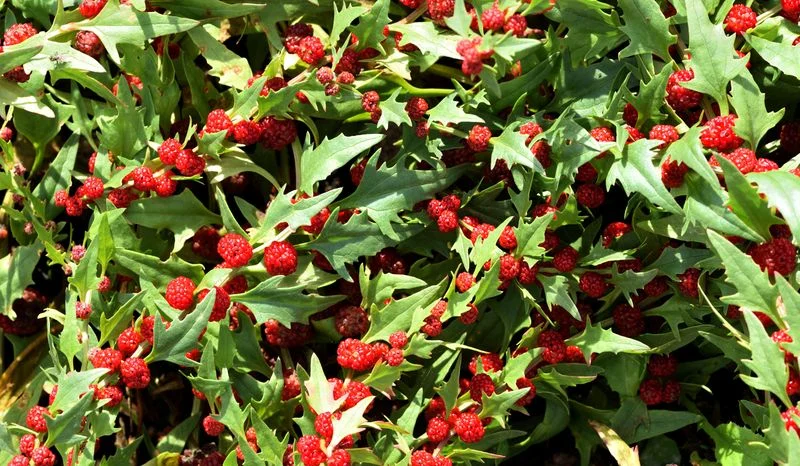
Strawberries and spinach offer a complementary relationship that maximizes space and enhances plant health. Spinach provides ground cover, helping retain moisture and reduce weed growth around strawberry plants. In return, strawberries help shield spinach from harsh sunlight, with their leaves creating a natural canopy. This combination also attracts pollinators, boosting fruit production. By working together, these plants support a thriving garden environment, fostering both increased yields and healthier plants. The synergy between spinach and strawberries ensures a continuous, rewarding harvest for gardeners who choose this efficient pairing.
Lettuce and Radishes
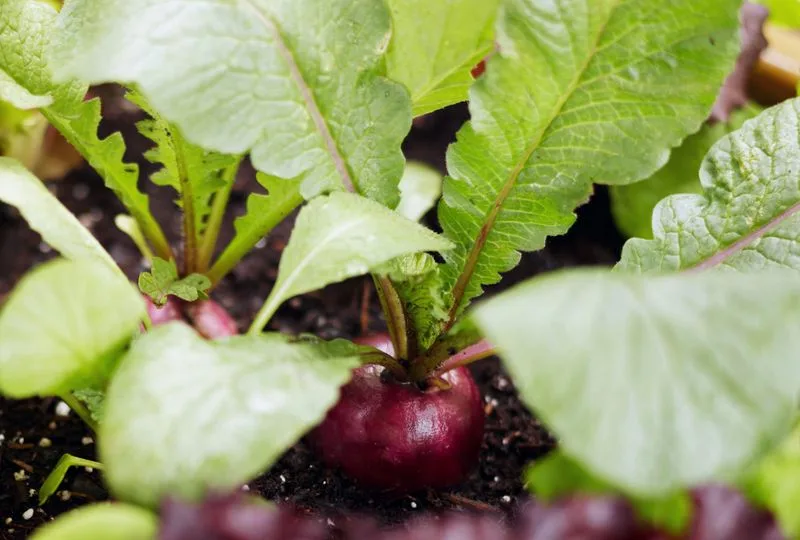
Lettuce and radishes complement each other beautifully in the garden, offering benefits that enhance overall growth. Radishes mature quickly, allowing for multiple harvests as lettuce continues to grow, maximizing garden productivity. Additionally, radishes can help aerate the soil, improving conditions for lettuce roots. This pairing minimizes competition for resources, as their differing growth rates enable efficient space use. Together, they contribute to a well-balanced garden ecosystem, reducing pest pressures naturally. Embrace this harmonious combination for a continuous supply of fresh produce and optimal garden health.
Marigolds and Vegetables
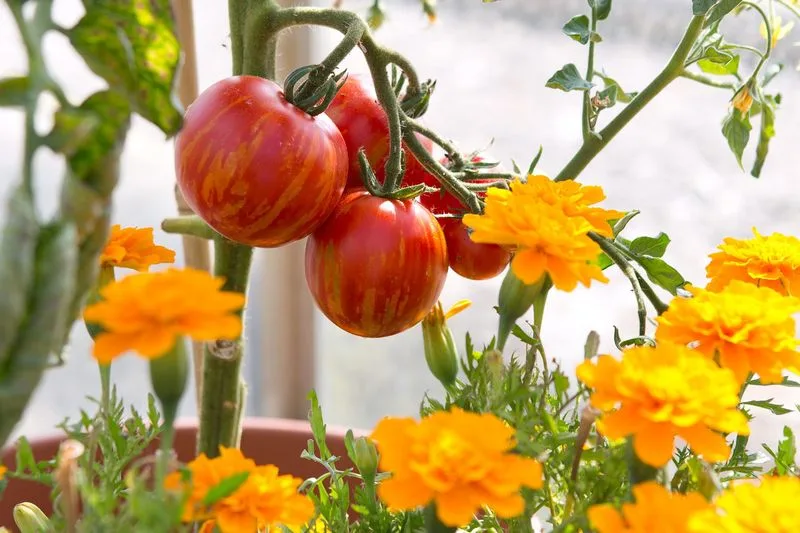
Marigolds are a vibrant addition to any vegetable garden, known for their pest-deterring properties. The strong scent of marigolds repels nematodes and other harmful insects, providing natural protection for neighboring plants. Planting marigolds among vegetables not only enhances visual appeal but also supports plant health by reducing pest pressures. This flower acts as a natural pest control agent, lessening the need for chemical interventions. Marigolds’ easy-to-grow nature and bright blooms make them a favorite among gardeners seeking both beauty and functionality in their planting designs.
Peas and Carrots
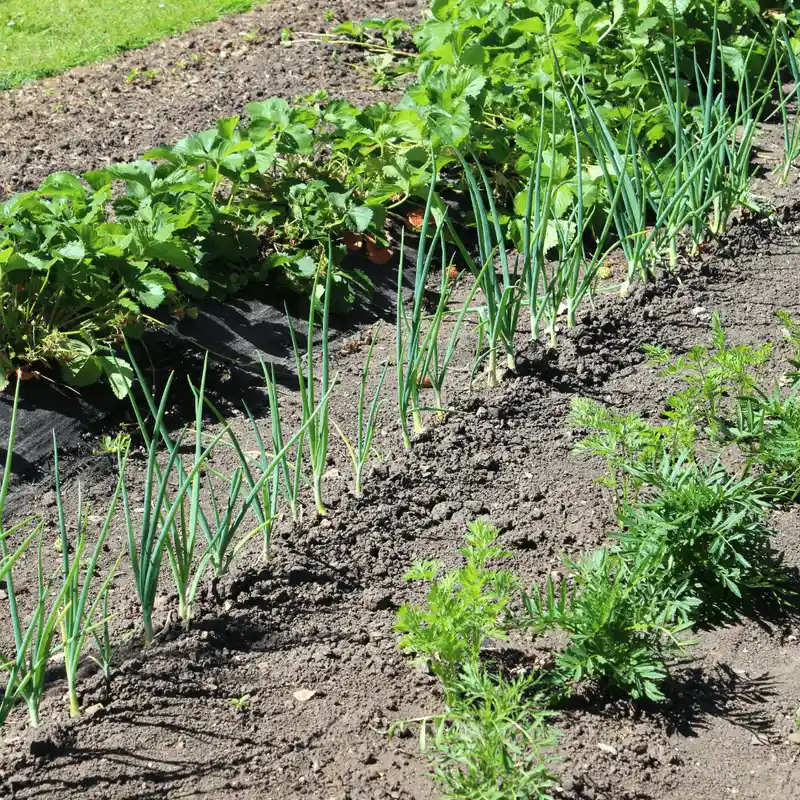
Peas and carrots share more than a culinary connection; they are excellent garden companions. Peas fix nitrogen in the soil, enriching it for the carrots that follow. This nutrient boost supports healthy carrot development and enhances overall garden soil quality. Carrots, with their deep roots, help aerate the soil, benefiting pea plants. Together, they optimize space and resources, leading to robust growth and improved yields. By planting peas and carrots together, gardeners can enjoy a harmonious garden environment that supports long-term soil health and plant vitality.
Rosemary and Beans

Rosemary’s aromatic leaves make it a great companion for beans, offering natural pest control. The scent deters bean beetles and other insects, minimizing the need for chemical pesticides. Meanwhile, beans enrich the soil with nitrogen, benefiting rosemary’s growth. This mutually beneficial relationship enhances the flavor and vigor of both plants. Additionally, rosemary’s woody structure can provide some support for climbing bean varieties. By pairing these two, gardeners create a symbiotic environment that encourages healthy plant growth and yields flavorful harvests. Enjoy the benefits of this aromatic and productive duo in your garden.
Zinnias and Vegetables

Zinnias bring vibrant color and beneficial insects to the vegetable garden. Their bright blooms attract pollinators and predatory insects, reducing pest problems naturally. By planting zinnias among vegetables, gardeners can enhance biodiversity and improve plant health. The presence of zinnias boosts pollination rates, increasing yields of fruiting plants. This combination not only adds aesthetic value but also supports a balanced garden ecosystem. With zinnias as part of your planting plan, expect a more vibrant and productive garden that thrives through natural interactions and enhanced pollinator activity.
Garlic and Roses
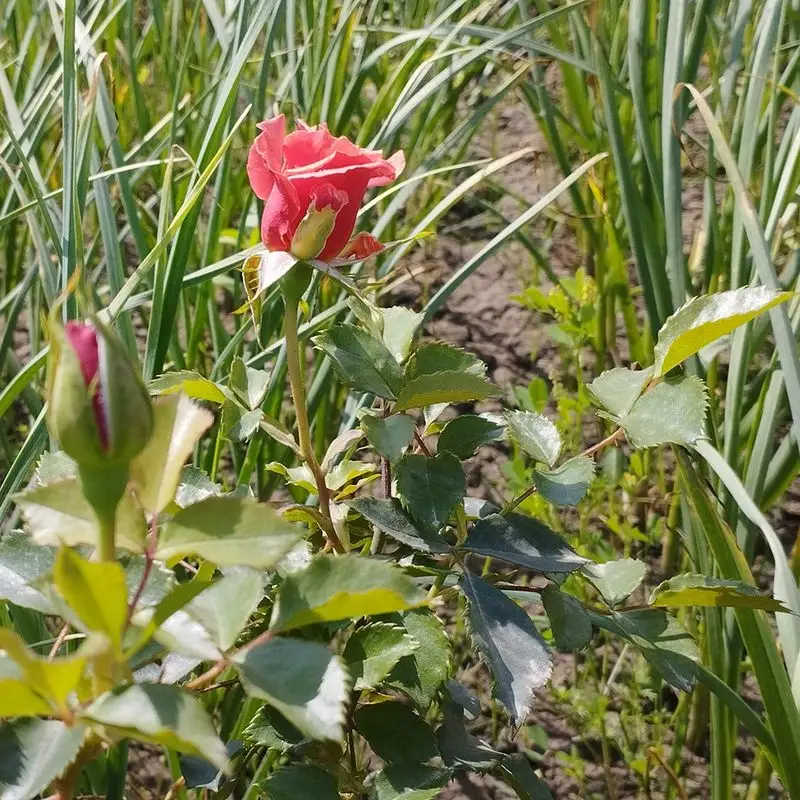
Garlic’s strong scent makes it a natural pest deterrent, especially for roses, which are prone to insect attacks. By planting garlic near roses, gardeners can reduce aphids and other pests, promoting healthier blooms. Garlic also exudes sulfur into the soil, which can help prevent fungal diseases. This dynamic pairing enhances the beauty and vitality of rose gardens, ensuring vibrant, healthy flowers. The garlic and rose combination is a strategic choice for gardeners looking to naturally manage pests while enjoying the visual and aromatic appeal of a well-tended rose garden.
Mint and Cabbage
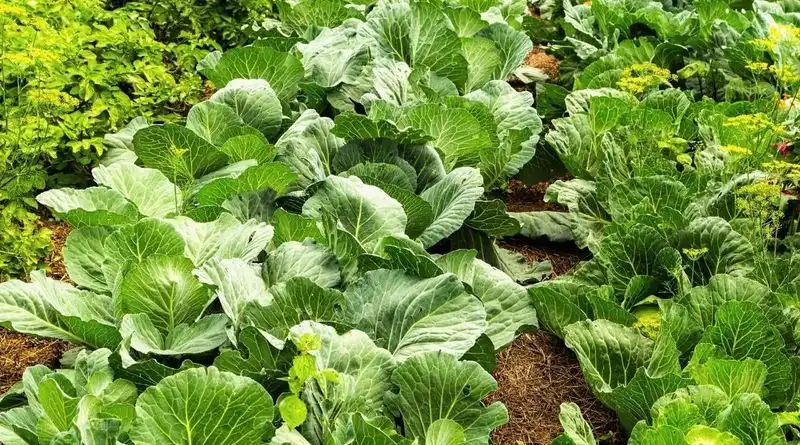
Mint is an excellent companion for cabbage, providing natural pest control with its strong aroma. This scent confuses insect pests, reducing the need for chemical treatments. Cabbage, in return, offers a sturdy structure that can support mint’s sprawling habit. Together, they create a resilient garden environment, improving plant health and productivity. Care should be taken to prevent mint from overtaking, as it can be invasive. The partnership of mint and cabbage harnesses natural defenses, contributing to a flourishing garden with minimal intervention.
Sunflowers and Cucumbers
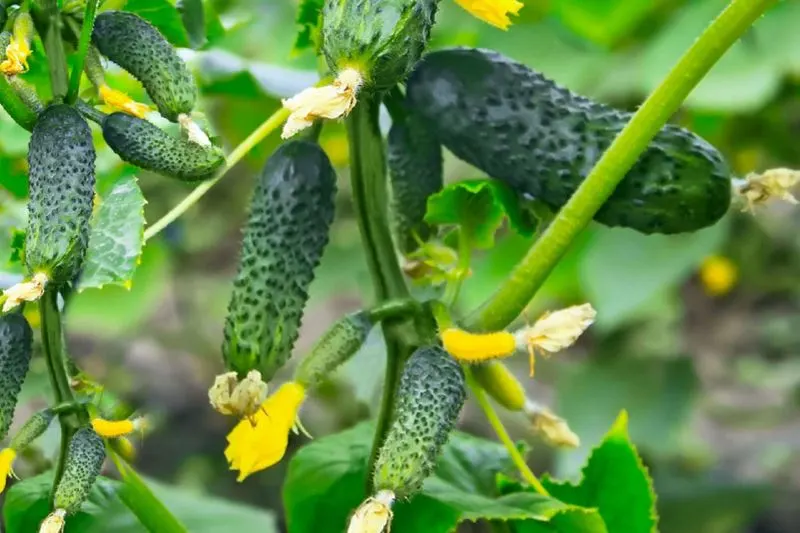
Sunflowers offer support and shade for cucumbers, fostering a beneficial growing environment. The sturdy stalks of sunflowers provide a natural trellis for cucumber vines, allowing them to climb and access sunlight. This vertical growth maximizes space and improves air circulation, reducing disease risk. Additionally, sunflowers attract pollinators, enhancing cucumber fruit set. This partnership supports a healthy garden ecosystem, promoting sustainable gardening practices. By combining sunflowers and cucumbers, gardeners can enjoy increased productivity and a visually appealing garden space filled with vibrant blooms and bountiful harvests.
Nasturtiums and Squash
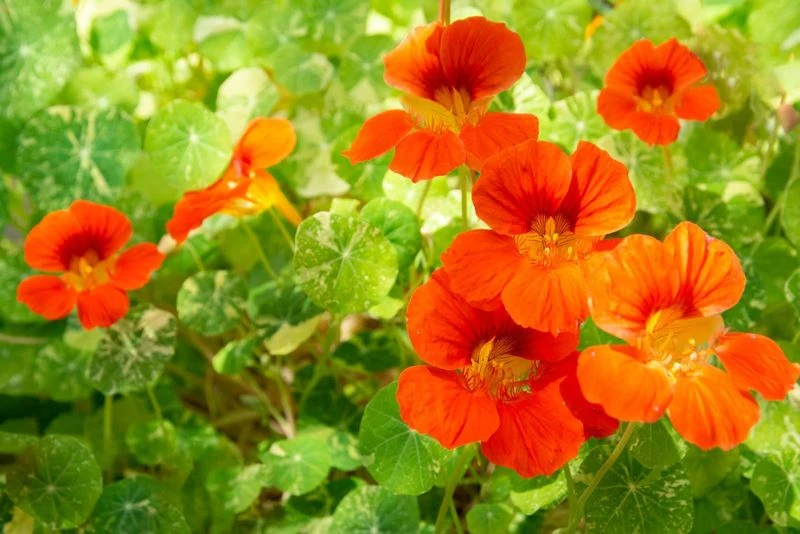
Nasturtiums make excellent companions for squash, acting as a trap crop for aphids and other pests. Their bright flowers attract beneficial insects, enhancing garden biodiversity. Squash benefits from reduced pest pressures and increased pollination, leading to healthier growth and yields. Additionally, nasturtiums’ sprawling habit provides ground cover, reducing weed competition and conserving soil moisture. This pairing creates a balanced ecosystem, promoting plant health and productivity. By combining nasturtiums and squash, gardeners can enjoy the beauty of vibrant flowers alongside robust, fruitful plants, ensuring a thriving garden environment.
Chives and Carrots
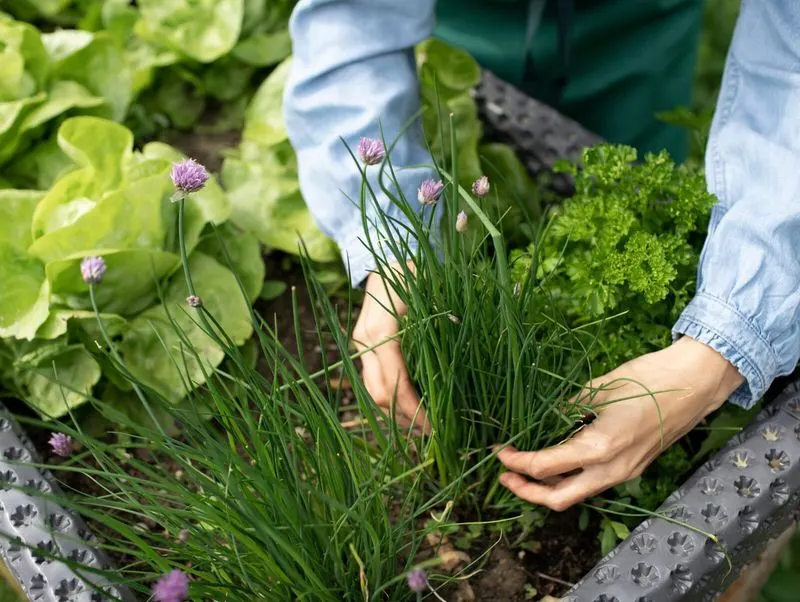
Chives offer a protective shield for carrots, their scent deterring carrot flies and other pests. This natural pest control reduces the need for chemical interventions, supporting organic gardening practices. Carrots, with their deep roots, help improve soil structure, benefiting chive growth. Together, they optimize garden space and resources, promoting robust, healthy plants. By planting chives and carrots together, gardeners can enjoy a harmonious garden environment that minimizes pest issues and supports long-term crop productivity. This pairing is a staple for those seeking natural solutions in their gardening endeavors.
Beets and Onions
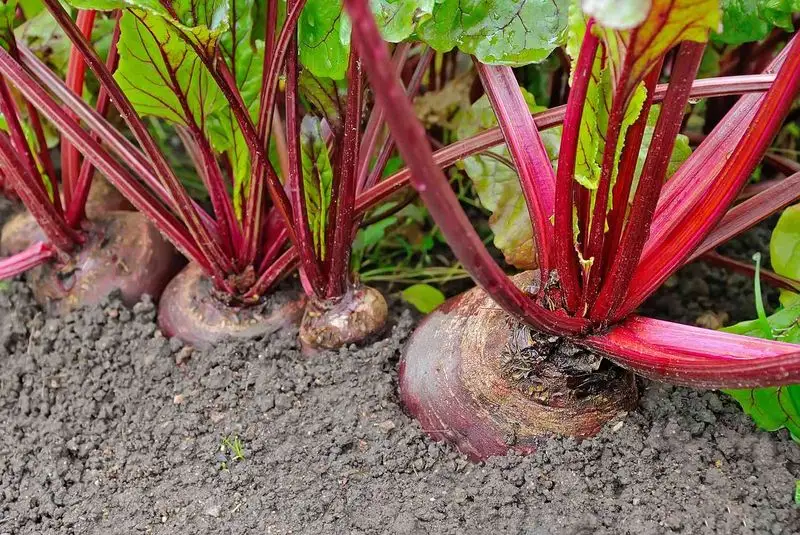
Beets and onions grow well together, benefiting from each other’s presence. The scent of onions deters pests that typically target beets, while beets help improve soil conditions for onion growth. This combination maximizes space efficiency and yields better results. Additionally, these root vegetables complement each other nutritionally, supporting a diverse and healthy diet. Gardeners can take advantage of this pairing to enhance both garden productivity and culinary experiences. Together, beets and onions create a resilient and supportive garden environment that encourages robust growth and abundant harvests.
Celery and Leeks
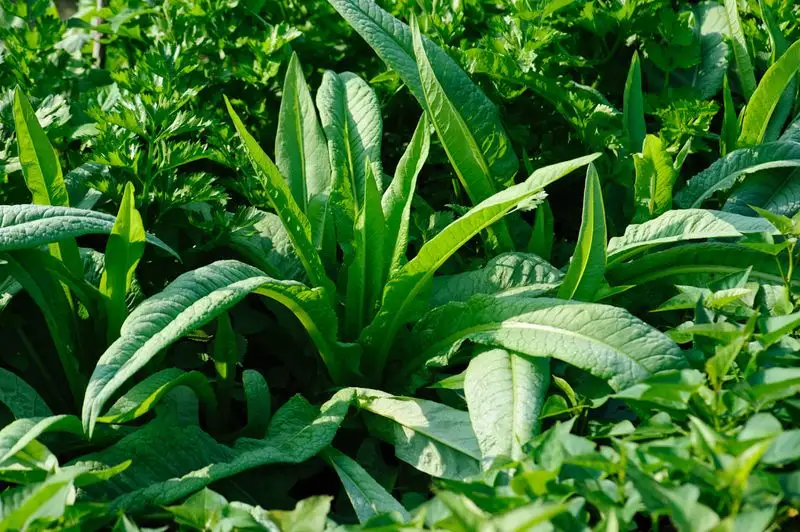
Celery and leeks thrive when planted together, offering mutual benefits. Leeks emit a scent that deters pests drawn to celery, reducing pest-related issues naturally. Celery, with its dense foliage, can provide shade for leek bulbs, improving their growth conditions. This partnership optimizes garden space and supports healthy plant development. Additionally, their differing growth habits complement each other, reducing competition for resources. By planting celery and leeks together, gardeners enhance the resilience and productivity of their garden, enjoying a bountiful harvest from this harmonious pairing.
Thyme and Cabbage
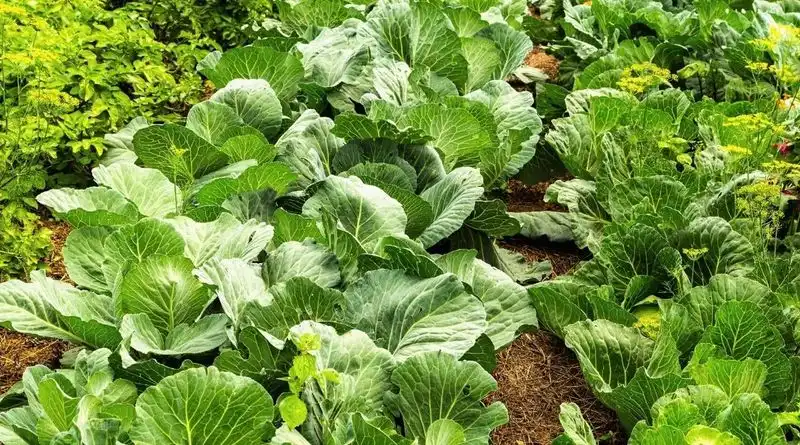
Thyme’s aromatic oils make it a natural pest deterrent, protecting cabbage from insects. This protective barrier reduces the need for chemical pesticides, supporting organic gardening efforts. Cabbage, with its broad leaves, provides shade for thyme, helping retain soil moisture and improving growth conditions. Together, they create a sustainable environment, promoting plant health and productivity. Gardeners benefit from this pairing by enjoying a more vibrant garden ecosystem with reduced pest pressures. The synergy between thyme and cabbage enhances overall garden health, providing a rewarding gardening experience.
Lavender and Roses
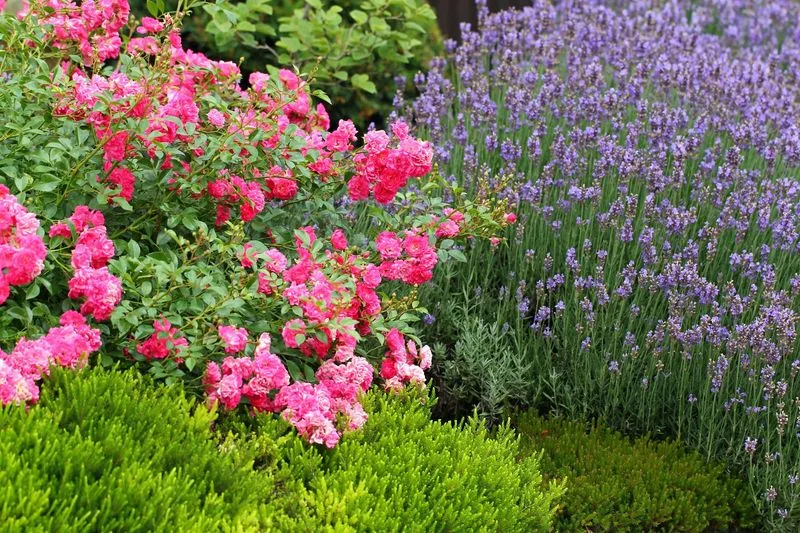
Lavender and roses create a beautiful and beneficial partnership in the garden. Lavender’s strong scent repels pests that commonly attack roses, while its presence enhances the visual appeal of the garden. Roses, with their vibrant blooms, offer a structural contrast to lavender’s flowing form, creating an aesthetically pleasing arrangement. Together, they promote a healthier and more beautiful garden space. This combination supports natural pest control and enhances the sensory experience of the garden, making it a favorite choice for gardeners seeking both functionality and beauty.

